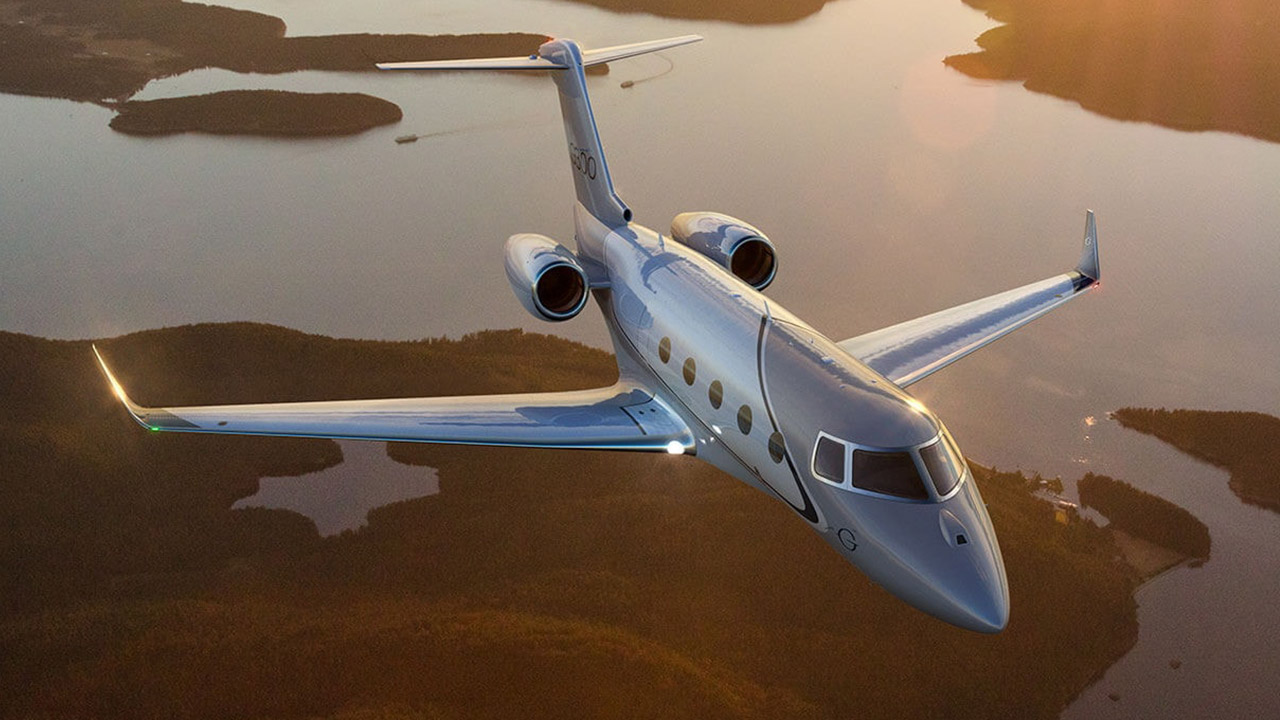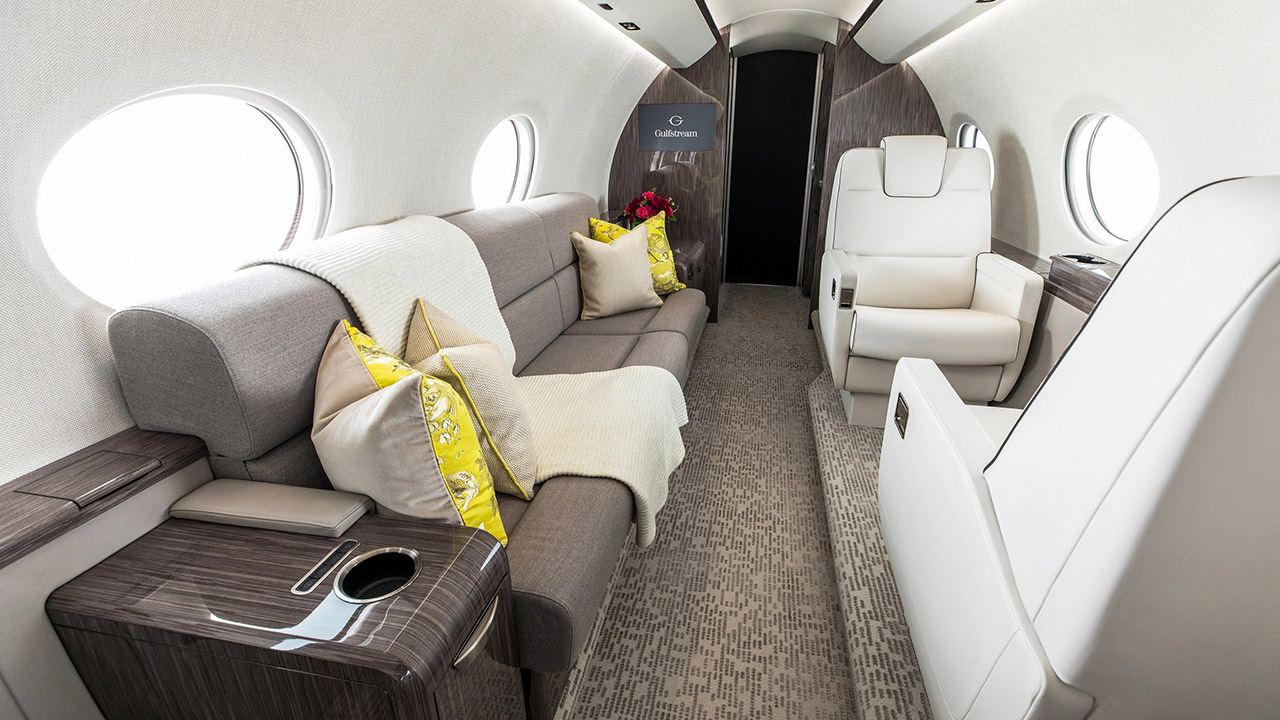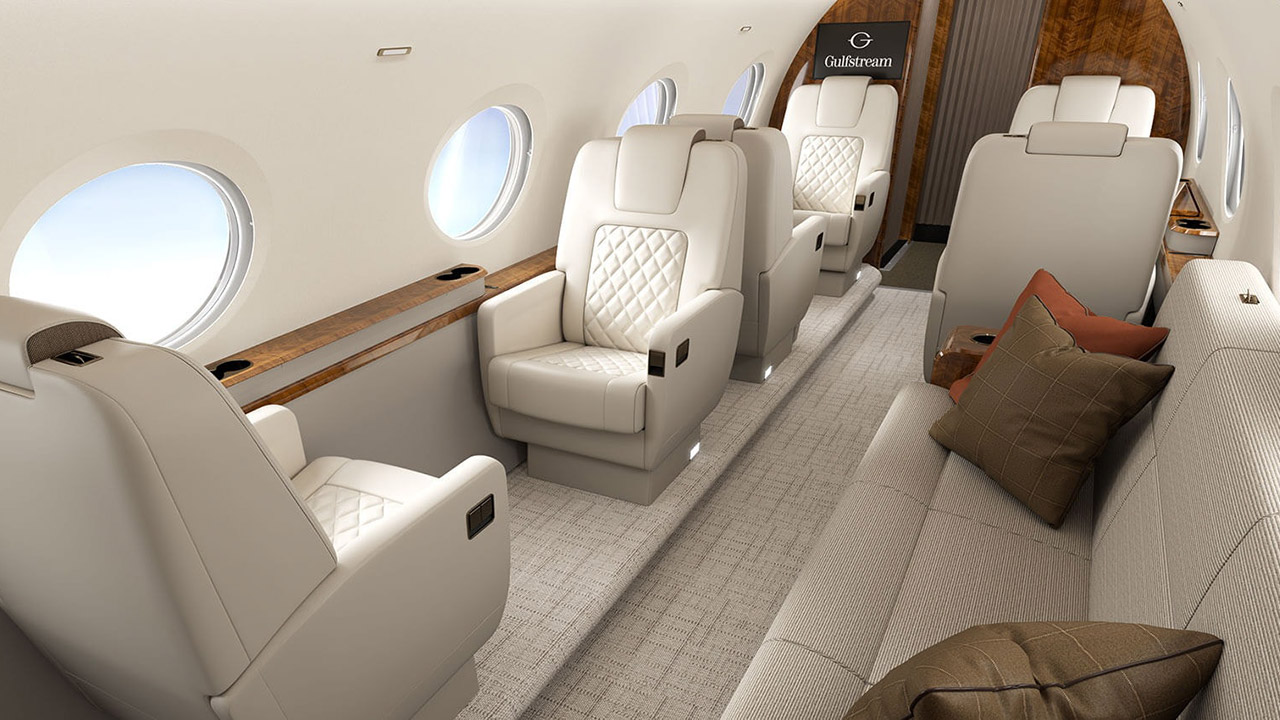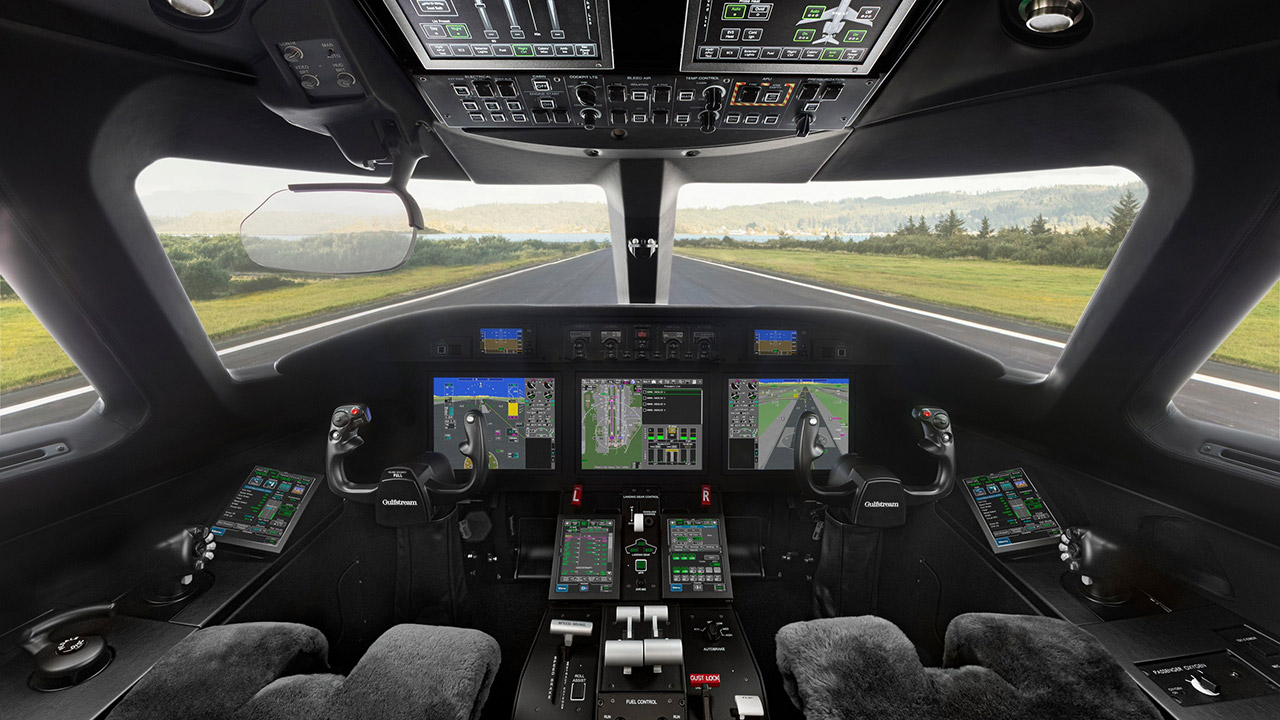
Elon Musk’s net worth recently hit a half-trillion dollars, so purchasing a new Gulfstream G300 is like tossing away change. This super-midsize plane made its premiere last month in Savannah, Georgia, and is Gulfstream’s latest attempt to combine everyday utility with high-end travel. At $28.9 million, it is less expensive than the company’s larger planes while promising the same pleasant ride that keeps pilots and passengers coming back.
Production begins with assembly in Israel, then the planes travel to Dallas for finishing, and finally to Savannah for support. Once approved by the FAA, the entry into service date is expected in 2027. Gulfstream President Mark Burns, who has been with the firm for almost 40 years, revealed the news during a customer event, saying that this plane incorporates large-cabin characteristics into a more compact package. For those wishing to perform transatlantic journeys without the weight of a complete long-haul plane, the G300 provides that balance.
- Due to platform compatibility issue, the DJI Fly app has been removed from Google Play. DJI Neo must be activated in the DJI Fly App, to ensure a...
- Lightweight and Regulation Friendly - At just 135g, this drone with camera for adults 4K may be even lighter than your phone and does not require FAA...
- Palm Takeoff & Landing, Go Controller-Free [1] - Neo takes off from your hand with just a push of a button. The safe and easy operation of this drone...
Pilots will spend time on the Harmony Flight Deck, which is based on Gulfstream’s newer models but optimized for this size. Six touch screens manage navigation and engine readouts, with Phase-of-Flight smarts adjusting the displays according on your position in the sky. A synthetic vision technology displays runways and ground features in 3D directly on the primary display, eliminating the need to guess during challenging approaches. Head-up displays project vital info onto the windshield, keeping your gaze forward. Then there’s the Predictive Landing Performance tool, which estimates your exact stopping location on the runway in real time and alerts you if something seems wrong.

The engines are Pratt & Whitney dual PW545Gs, which propel the plane to a high-speed cruise of Mach 0.84, or 513 knots real airspeed. Drop down to Mach 0.80 for longer legs and you’ll get 3,600 nautical miles—enough to fly from New York to London or Los Angeles to Honolulu with eight passengers and reserves. The maximum altitude is 45,000 feet, allowing you to fly over most weather. When fully loaded at 70,900 pounds, takeoff is 5,050 feet at sea level, with a landing rollout of 3,373 feet. Climb to 41,000 feet in just 20 minutes to avoid traffic on congested roads.

Inside, the cabin is 45 feet long, 7 feet 4 inches wide, and 6 feet 2 inches tall, with plenty of headroom for moving around without bending. Up to ten people can fit in a layout with club seating in the front, conference tables in the middle, and divans in the back for stretching. Ten Panoramic Oval Windows (one of Gulfstream’s distinctive features) flood the space with natural light, with each oval larger than a rectangle to frame the vista without glare. Fresh air circulates every two minutes thanks to technologies that draw in 100% outside air. A plasma ionization system removes particles and odors, and the cabin pressure is maintained at 4,800 feet even when traveling at 41,000 feet, so you won’t feel tired on cross-country flights.

Baggage is stored in a 169-cubic-foot hold, which is completely internal and accessible mid-flight if necessary. The crew has a forward galley with full catering options and an enclosed lavatory that is not short on room. Noise is minimal, around 50 dB on cruise, so conversations can continue without raising your voice. Wi-Fi is provided via Ku-band to provide uninterrupted access, and power outlets are available at each seat. Gulfstream can personalize these jets to your specifications, including wood veneers, leather options, and lighting.

Based on 450 annual flights and $6 per gallon gasoline, variable expenses of roughly $2,987 per hour are expected, which includes maintenance, crew, and hangar fees. Fixed annual expenses, such as insurance, total roughly $1,014,000. Charter fees average roughly $7,200 per hour, making it an excellent solution for fractional owners or one-time purchases. The G300 boasts 600 more nautical miles of range and greater room than the previous G280 without burning any more fuel.
[Source]









